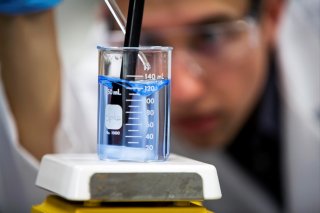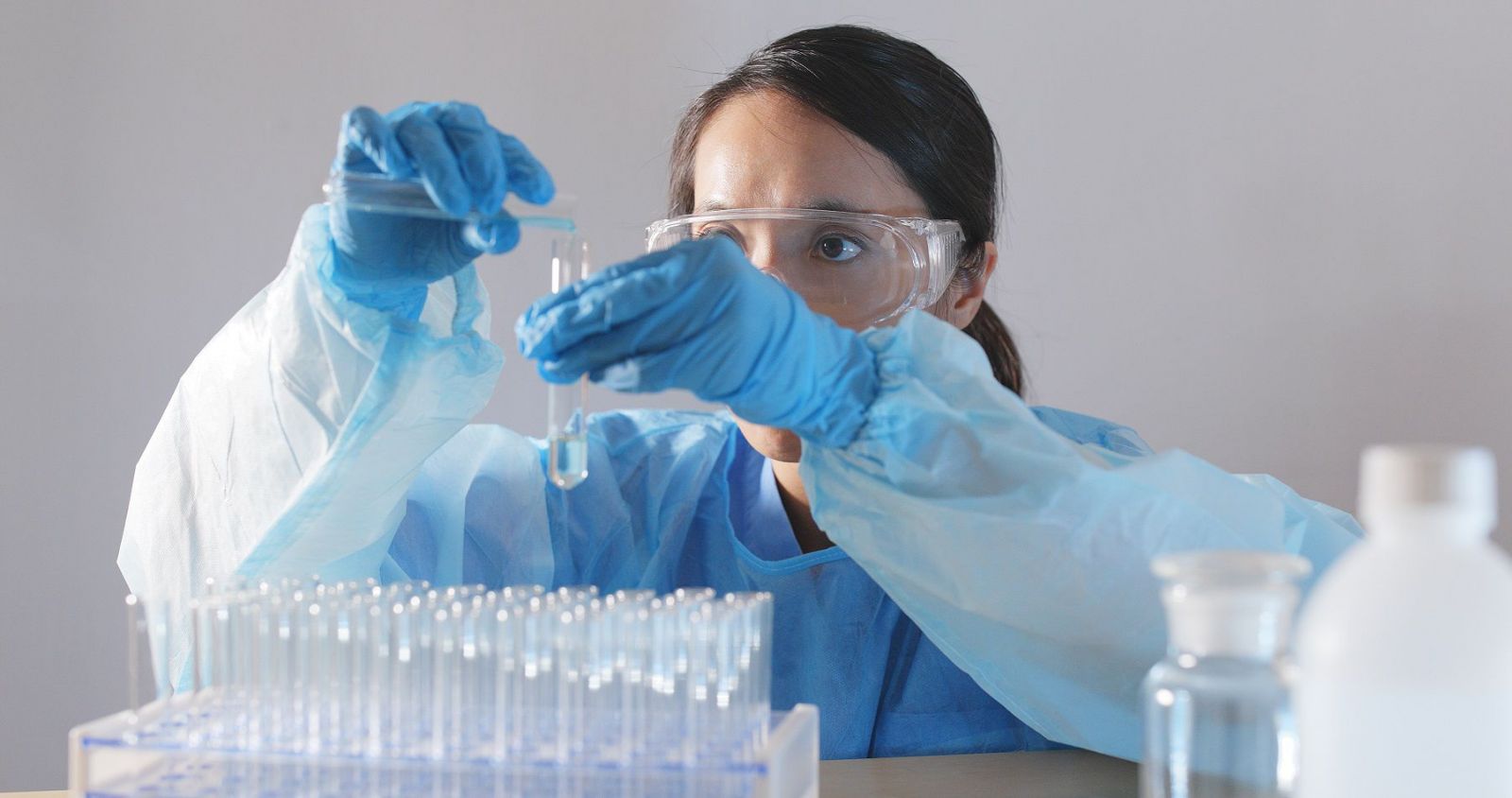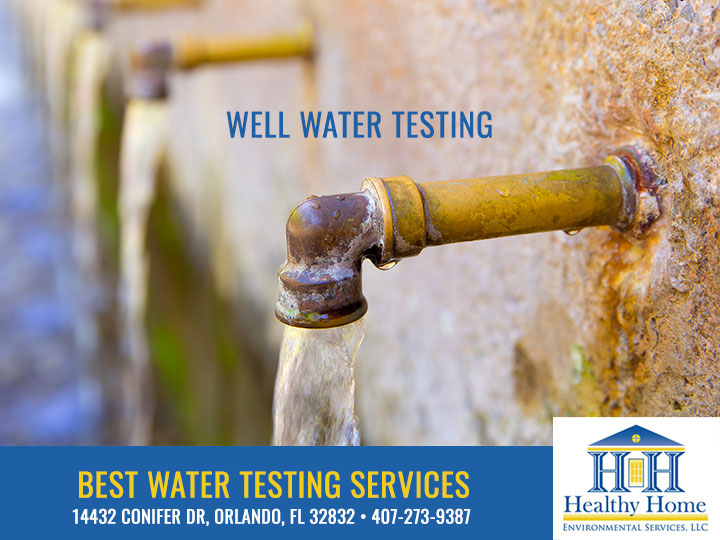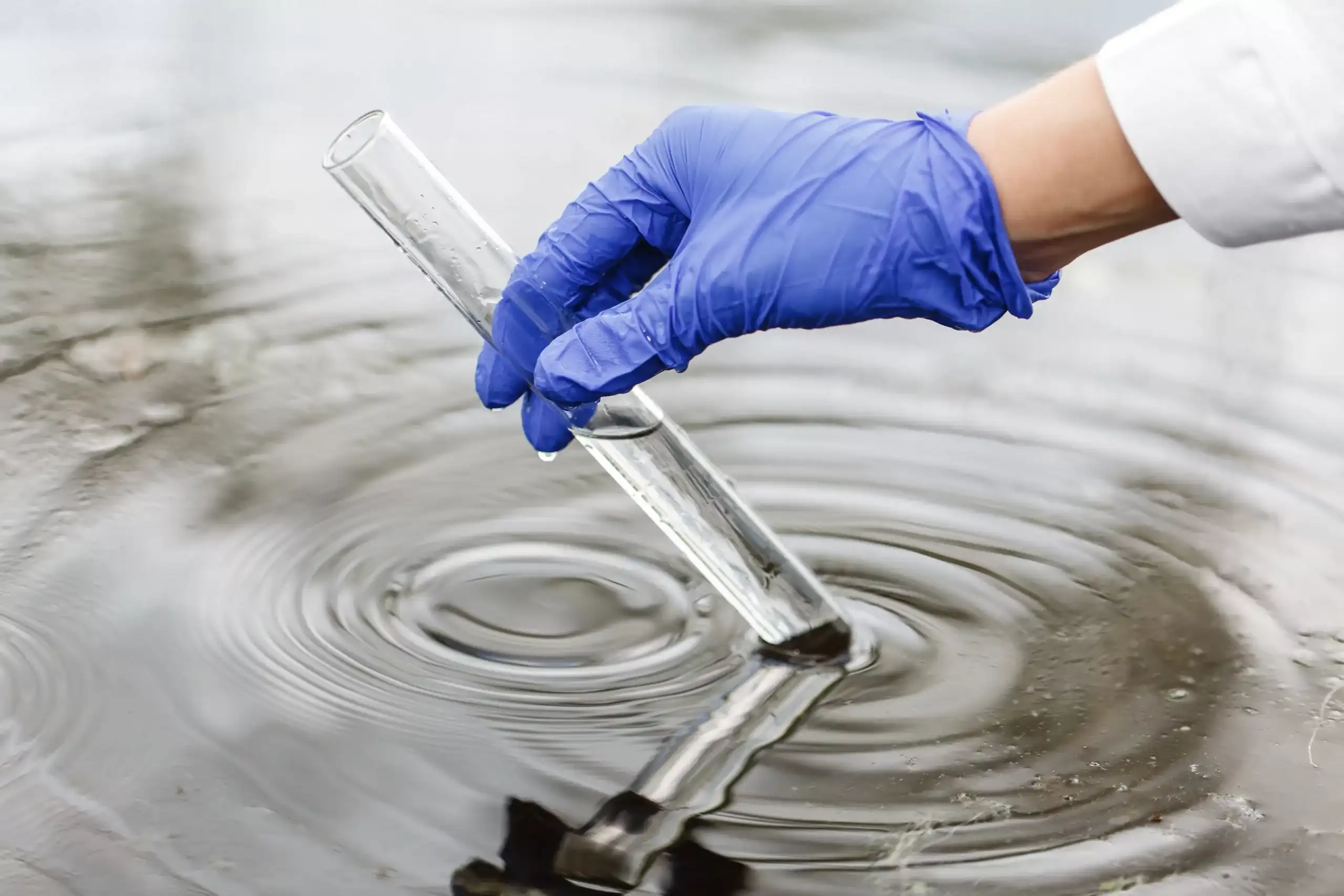Discover What Is Consisted Of in Water Testing and How It Guarantees Safe Drinking Water
Comprehending the complexities of water testing is critical in guaranteeing the high quality and security of our drinking water. With a precise evaluation of physical, chemical, and microbiological elements, water testing identifies potential contaminants that can posture health threats. From the presence of heavy steels to unsafe microbes, each examination element plays an important role in maintaining the honesty of our water supply. Advanced methods like chromatography and spectrometry improve the precision of these evaluations. Yet, exactly how do these processes translate right into the regulative frameworks that guarantee safety and security in our everyday consumption?
Trick Components of Water Screening
Water screening is a crucial procedure that entails numerous key elements to make sure the safety and security and quality of drinking water. Furthermore, making sure the pH equilibrium of water is essential, as it affects the water's corrosiveness and the effectiveness of disinfection processes.
Another considerable element involves microbiological evaluation, where water samples are checked out for the presence of microorganisms such as bacteria, viruses, and protozoa. This analysis is important to determine biological risks that might present health and wellness dangers if taken in. Moreover, chemical analyses are conducted to discover natural and not natural compounds, such as heavy metals, nitrates, and pesticides, that could be existing in the water.

Discovering Harmful Pollutants
Detecting hazardous impurities in alcohol consumption water is a fundamental aspect of protecting public wellness. This procedure includes identifying prospective threats that can compromise the top quality and safety and security of water products. Impurities can vary from microorganisms such as microorganisms, viruses, and protozoa, to inorganic substances like lead, arsenic, and nitrates, in addition to organic toxins consisting of chemicals and commercial chemicals. Each kind of impurity poses distinct health and wellness risks, making their discovery crucial to guarantee the water consumed by the public is risk-free.
Water testing for pollutants is usually performed by governing agencies and water utilities, employing a combination of area sampling and laboratory analysis. These evaluations are developed to discover both normally occurring substances and anthropogenic contaminants that may have entered the water supply via agricultural drainage, commercial discharge, or aging facilities. Routine surveillance is necessary, as contamination degrees can vary because of ecological adjustments, seasonal variants, or human tasks.
The identification of hazardous contaminants informs necessary actions, such as water therapy interventions or public advisories, to alleviate risks. Early detection is vital to protect against unfavorable health and wellness results, ranging from intestinal illnesses to long-term conditions like cancer, thereby making sure the proceeded security of alcohol consumption water.

Chemical Analysis Strategies
In the world of ensuring risk-free alcohol consumption water, chemical evaluation techniques play a critical function in identifying and quantifying pollutants. These approaches are essential for discovering a vast array of chemical substances, including heavy metals, pesticides, and industrial contaminants, which can posture substantial health risks.
Gas chromatography-mass spectrometry (GC-MS) is another vital method, specifically for organic compounds. It separates complicated mixes and determines unstable and semi-volatile natural compounds, ensuring that contaminants like benzene and toluene are within risk-free limitations. High-performance liquid chromatography (HPLC) is likewise used for non-volatile compounds, including certain chemicals and you could look here drugs.
Ion chromatography is used to figure out focus of anions and cations, such as nitrates and sulfates, which are critical in evaluating water quality. These chemical analysis strategies jointly make sure that drinking water remains secure by identifying inconsistencies from developed purity norms, therefore securing public health and wellness. Guaranteeing precision and precision in these tests is critical to keeping the honesty of water safety assessments.
Microbiological Evaluating Methods
Exact microbiological testing is essential for safeguarding public wellness by making sure that drinking water is devoid of dangerous microorganisms. This procedure includes spotting and identifying bacteria such as bacteria, viruses, and protozoa that might pollute water supplies. Usual pathogens consist of Escherichia coli, Giardia, and Cryptosporidium, each positioning substantial health threats.
Several approaches are employed in microbiological screening to recognize these risks. The membrane layer filtration strategy is frequently utilized, entailing water passing with a filter that records bacteria, which are then cultured to establish their presence and concentration. Conversely, the multiple-tube fermentation method allows the metrology of coliform bacteria utilizing a collection of dilution and incubation actions.
Advancements in modern technology have actually presented molecular techniques such as polymerase chain reaction (PCR), which enables the quick and highly particular discovery of pathogens by enhancing their genetic product. Enzyme-linked immunosorbent assays (ELISA) additionally supply a method to spot microorganisms by determining details healthy proteins or antigens.
These differed approaches are essential for extensive water high quality evaluation, making sure that water treatment processes work which circulation systems keep safety and security. By using these microbiological screening approaches, possible health and wellness dangers can be recognized and alleviated immediately.

Significance for Public Wellness
Making sure the microbiological security of drinking water straight affects public health and wellness by avoiding the spread of waterborne diseases. Virus such as germs, viruses, and protozoa can bring about health problems like cholera, dysentery, and intestinal infections (Well water testing services). The execution of extensive water testing methods is critical in identifying and minimizing these dangers, hence securing communities from possible outbreaks
Normal water screening not only finds microbial contaminants yet likewise assesses chemical and physical specifications that could influence health. Extreme degrees of nitrates or heavy metals such as lead discover here can posture major wellness risks, especially to at risk populations like infants and expectant women. By determining these threats early, water testing allows prompt treatments, guaranteeing the water system continues to be within safe usage criteria.
Furthermore, water testing see here now plays a critical role in preserving public self-confidence in municipal water systems. It offers openness and liability, assuring the general public that their wellness is a priority. For plan manufacturers and health officials, the data stemmed from water testing notifies choices on framework financial investments and public wellness approaches, ensuring resources are directed where they are most needed. This way, water testing is essential in promoting a healthier, much safer society.
Final Thought
Water testing works as an important mechanism for making certain the safety and security and high quality of drinking water through thorough analysis of its physical, chemical, and microbiological residential or commercial properties. By spotting harmful impurities, such as heavy metals and chemicals, and using advanced strategies like chromatography and spectrometry, water screening helps with the identification of possible health and wellness risks. The execution of extensive screening methods is crucial for preserving conformity with safety criteria, eventually protecting public wellness and strengthening self-confidence in local water systems.

By identifying these dangers early, water screening makes it possible for prompt interventions, guaranteeing the water supply stays within secure intake standards.
Water testing serves as a vital system for making certain the safety and security and quality of drinking water through comprehensive assessment of its physical, chemical, and microbiological residential properties.